In the B2B demand generation and ABM space, it’s no secret that brands need to bring a level of personalization into their marketing efforts. This can range from 1:industry to 1:few, all the way down to the ideal of 1:1 account level.
Note, this all might depend on how ambitious your new business goals are and how fruitful you were in prospecting new industries and accounts. However, if you are in the early stages of going after new clients or testing approaches, you might not be working with a huge prospect list. This affords you the ability to start small with 10, 25, or 50 accounts using a 1:1 personalized approach and then scale up from there.
We run through content and advertising touchpoints below, but first, let’s cover why personalization is crucial.
- Overall Effectiveness: 2 out of 3 B2B professionals agree that personalized marketing approaches are more effective at improving conversion rates.
- Deepening Customer Relationships: Personalized content allows you to make more relevant recommendations that immediately alert your target accounts that you took the time to understand their business. In fact, 99% of marketers say personalization helps advance customer relationships.
- It IS the New Expectation: Hubspot reported that nearly 75% of online customers are frustrated by marketing that has nothing to do with their interests.
- Measurement and Attribution: By tracking the engagement, impact, and influence of a marketing campaign down to the account level, serves as validation of your efforts, ROI, and more.
- Keeping Up with the Competition: Advances in martech, data, and automation allow us to identify, serve, and track marketing efforts against specific customers. If you aren’t taking advantage of what’s possible, then you probably are not keeping pace with your competitors.
To launch a highly targeted demand generation or ABM approach, it’s time to begin creating and deploying content, ads, and experiences that are directly relevant to the new client’s needs. Utilize all the information you discovered about them back in the research phase and infuse this into your messaging.
Using Content Experiences to Connect with New Customers
From helpful educational articles and infographics to the more direct sales enablement content, you’ll need a range of the right content engagement environments and formats designed to drive action and impact. For example, instead of covering the incredibly broad topic of content strategy, we focus on the usage of digital experiences and the format in which they should be built to keep a specific purpose in mind.
Personalized Content Hubs
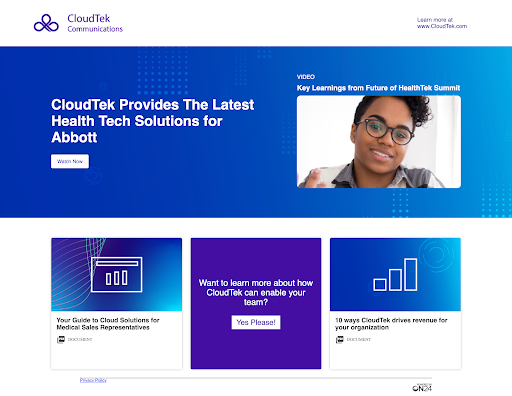
Shown to offer 3X levels of engagement with content according to UberFlip, personalized content hubs are effective for a number of reasons including:
- These can serve as a resource center with a range of content specific to an account or individual.
- A hub can drive multiple actions and conversions and serve as an industry educational resource.
- Flex your brand personality and differentiate your efforts from the competition.
- Capture data on visitor engagement with content.
Personalized Landing Pages
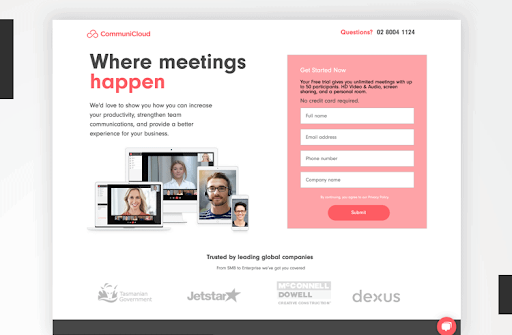
Hushly recently published a study showing a 15-20% increase in conversions for personalized landing page implementation as part of a content campaign. Other key elements include:
- Built for a focused purpose or action, such as lead generation, these landing pages drive conversions at a higher rate.
- 1:1 hyper-personalized content allows for a more direct connection with the prospect.
- Target content around a specific initiative or product.
1:1 Personalized Video
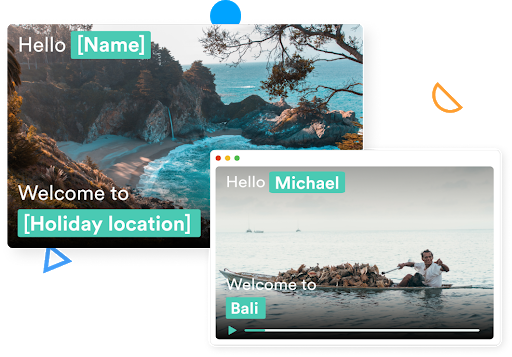
Increase engagement by as much as 16X according to Planable i/o with a personalized video that directly addresses the viewer.
- A personalized video that addresses the individual down to their name, name of the company, and other known information.
- A templated approach allows for video elements such as scenes, texts, voice-overs, audio, products, and images.
- You can connect your CRM data with a video template and easily integrate personalized videos in your email flows.
Interactive Content - Dynamic
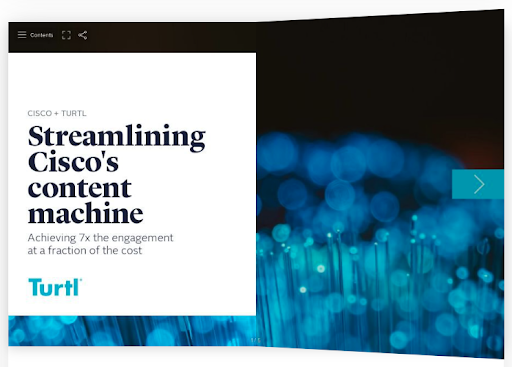
Increase engagement levels by 51% vs static content and provide interactive content in the form of video, photo galleries, and more.
- Interactive digital brochures and experiences are rich with video, photo galleries, infographics, etc.
- Combine psychology with interactive content creation and analytics capabilities.
- Integrate your content with CRMs and other technology for deployment and tracking.
1:1 Emails
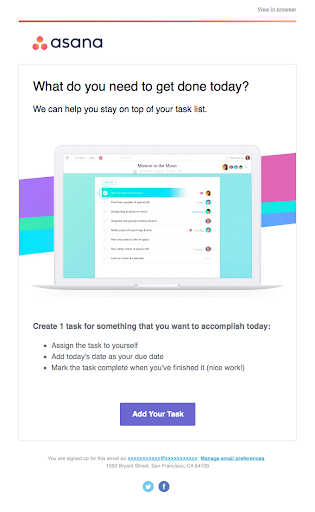
Email remains one of the most effective marketing channels available, and personalized emails are even more effective, with a 46% higher open rate vs. generic emails according to HubSpot.
- Segment your target accounts to ensure higher engagement rates on all emails.
- Design highly engaging emails that go beyond text including videos, infographics, case studies, and other engaging content.
- Track open and click data and follow-up with relevant email-based prospect engagement.
Inbound: SEO and Blogging
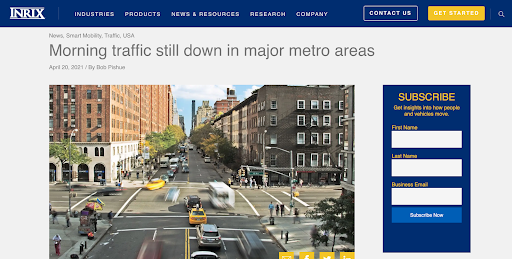
The traditional approach to marketing has long been supplemented and in some cases replaced by inbound content experiences in the form of blog posts and search engine optimization. In fact, 70% of marketers see SEO as more effective than PPC.
- Attract new prospects to your brand by optimizing your site for SEO and infusing the right keywords.
- Create a content calendar that keeps you on track with the frequency and range of different content formats.
- Create content specific to the new type of customer’s pain points and industries.
Virtual Experiences
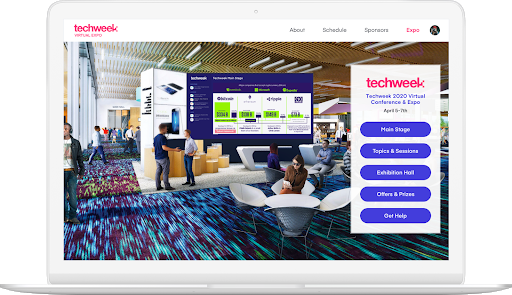
Almost all (85%) of leadership (Senior Managers, Executives, and Board Members) believe in-person events are essential to their company’s success.
- Create 1:1 virtual sales and product demo experiences to address new client needs.
- Run 1:few group presentations with new types of customers by cluster or group.
- Promote 1:Industry webinars to break into new business sectors.
We’ve presented a laundry list of content experiences. It’s your job now to utilize them accordingly using a holistic approach to your specific marketing program.
.png?width=250&height=153&name=CSI-OverskiesRebrand_LOGO-01(smaller).png)

.png?width=100&height=61&name=CSI-OverskiesRebrand_LOGO-01(smaller).png)


.png?width=88&name=CSI-OverskiesRebrand_LOGO-01(smaller).png)

